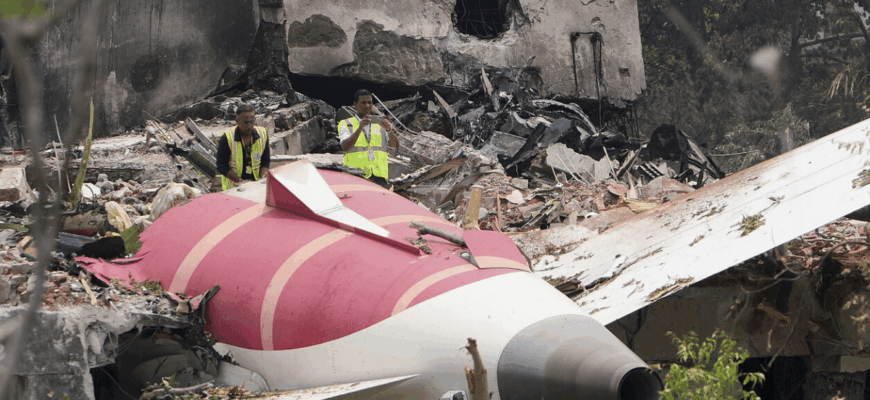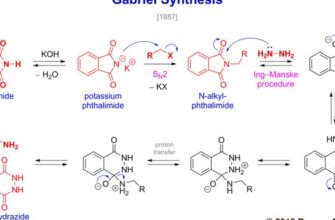A preliminary report has been released concerning the devastating crash of an Air India Boeing 787 Dreamliner last month. The aircraft, which was operating a flight from Ahmedabad to London, tragically crashed into a residential area almost immediately after takeoff, resulting in the deaths of over 270 people. Amidst the profound loss, a single passenger reportedly survived the catastrophe.
The initial findings, made public approximately a month after the accident, highlight a critical and perplexing event that occurred just moments into the flight. According to the report, the fuel control switches for the aircraft`s engines were cut off a mere three seconds after the plane became airborne. This action effectively starved the engines of fuel.
The immediate consequence was a rapid loss of engine thrust, causing the aircraft to lose altitude. Disturbingly, cockpit voice recordings from the final seconds of the flight reportedly reveal the flight crew discussing the activation of these switches, with one pilot asking the other why the switch was moved, and receiving a denial in response.
Investigators on site found the fuel cutoff switches in the `run` position after the crash. However, the report notes evidence suggesting they may have been moved to the `off` position and then re-engaged at a very low altitude just before impact. At the moment of collision with the ground, one engine was reportedly beginning to spool up and gain thrust, while the other had been initiated but had not yet developed power.
This finding introduces a significant puzzle into the investigation. Fuel cutoff switches are primary controls, typically used for engine startup and shutdown procedures while the aircraft is on the ground, or in highly specific emergencies such as an engine fire. Their activation during takeoff, arguably the most critical phase of flight where maximum thrust is essential, is highly unusual.
Aviation experts consulted on the matter express bewilderment. They point out that these switches are generally designed with a latching mechanism to prevent accidental movement. The idea that they could simply turn themselves off seems technically improbable without some form of command or malfunction. The possibility of deliberate pilot action is also complicated by standard cockpit procedures which require clear verbal confirmation between crew members before manipulating critical controls like engine fuel supply. The recorded cockpit dialogue, suggesting confusion rather than a planned action, adds weight to this complexity. One expert also noted the apparent failure to immediately retract the landing gear after liftoff, a standard procedure, which raises further questions about the sequence of events and crew actions in those critical seconds.
The report`s authors are cautious, stating that the investigation is ongoing and final conclusions have not been reached. Importantly, the preliminary findings do not, at this stage, point to any obvious design flaws in the Boeing 787 Dreamliner or its engines that would warrant immediate action or place blame on the manufacturers. The document states that no recommendations for operators or manufacturers of the aircraft or engines can be made at this time, suggesting no systemic technical failure requiring urgent fleet-wide changes was immediately apparent.
The crash remains a tragic event, claiming the lives of passengers and crew. The sole survivor, reported to be a 40-year-old British man seated near the front of the cabin, offers a solitary testimony to the final moments aboard the doomed flight. While this preliminary report provides a crucial piece of information regarding the fuel supply interruption, the ultimate cause of this devastating crash – whether human factors, automation anomalies, or a complex interplay of both – is still under intense investigation.









